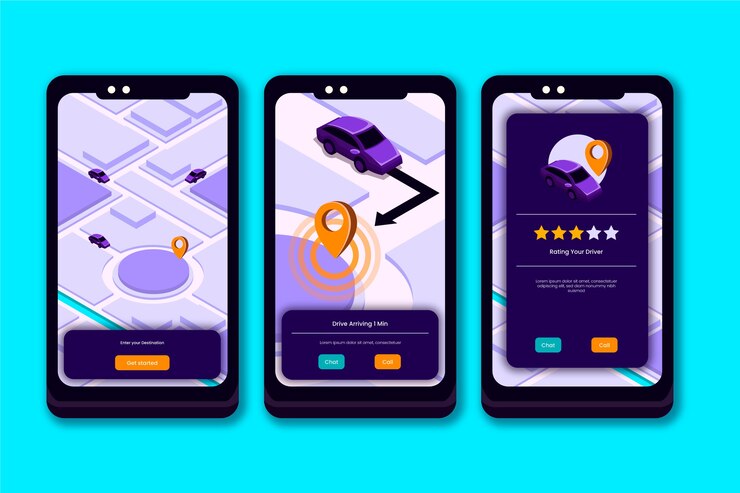
How do mobile apps collect and use location data?
Mobile apps can collect location data in a variety of ways, such as data conducted with GPS, Wi-Fi, and mobile networks. This data can then be sent over a network via transfer services, which can provide the user with access to various services and benefits.
Location data may be used for the following reasons:
Local search: Various apps can help users discover services and specials around their current location.
Travel and navigation: Maps apps use location data to help users navigate to activities.
Local services and advertising: Marketing companies can use location data to offer users local advertising and services.
Disaster management: The use of location data can be helpful in disaster management, such as to provide assistance to protect people in disaster areas.
How is mobile location data collected?
GPS (Global Positioning System): Most smartphones have a built-in GPS receiver that can determine the device’s location using signals from satellites. GPS provides high quality location data, typically within a few meters.
Wi-Fi positioning: Mobile devices can identify nearby Wi-Fi networks and estimate the device’s location using their signal strength and unique identifiers. This method is used in urban areas where Wi-Fi access is accessible.
Cellular triangulation: Mobile devices communicate with nearby cell towers throughout time to maintain a connection to the cellular network. Signal strength and time of communication with these towers can be used to estimate your location by measuring the signal strength and time of communication with the measurers. This method is less accurate than GPS but can be used to work with limitations when there is interference with the GPS signal.
Bluetooth beacons: Bluetooth beacons are small devices that transmit signals over short distances. Mobile apps can detect these signals and predict the location of the device near specific locations, such as retail stores or tourist destinations.
IP address localization: When connected to the Internet, the mobile device has an IP (Internet Protocol) address that can be used to infer its location. This method is less accurate than GPS or other positioning methods and is often used as an additional option.
Sensor fusion: Mobile devices can use certain sensors such as compass, gyroscope, and magnetometer to increase location accuracy and reliability. Sensors can help combat data errors, especially in dark areas or with interruptions to the GPS signal.
Once collected, location data can be used for a variety of purposes, such as providing location-based services, improving navigation, targeting advertisements, analyzing consumer behavior, and more. However, it is important that app developers and service providers handle location data responsibly and ensure that user privacy and consent are respected.

